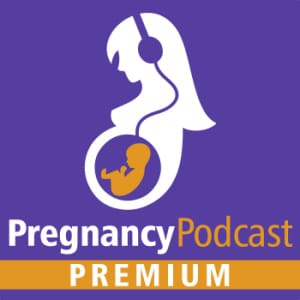Overview
This episode is your guide to all of the administrative tasks you are responsible for after having a baby. From submitting maternity or paternity leave paperwork to applying for critical identification documents like a birth certificate, social security number, and passport. Learn how to ensure your baby is added to your health insurance and how to stay on top of pediatrician appointments. Plus, key considerations to update your estate planning and financial accounts. Procrastinating and putting off these responsibilities will take more work or cost you more money or frustration in the future. Being proactive is the key to staying organized and on top of these tasks. This episode provides practical guidance to help you confidently navigate the administrative side of parenting.

